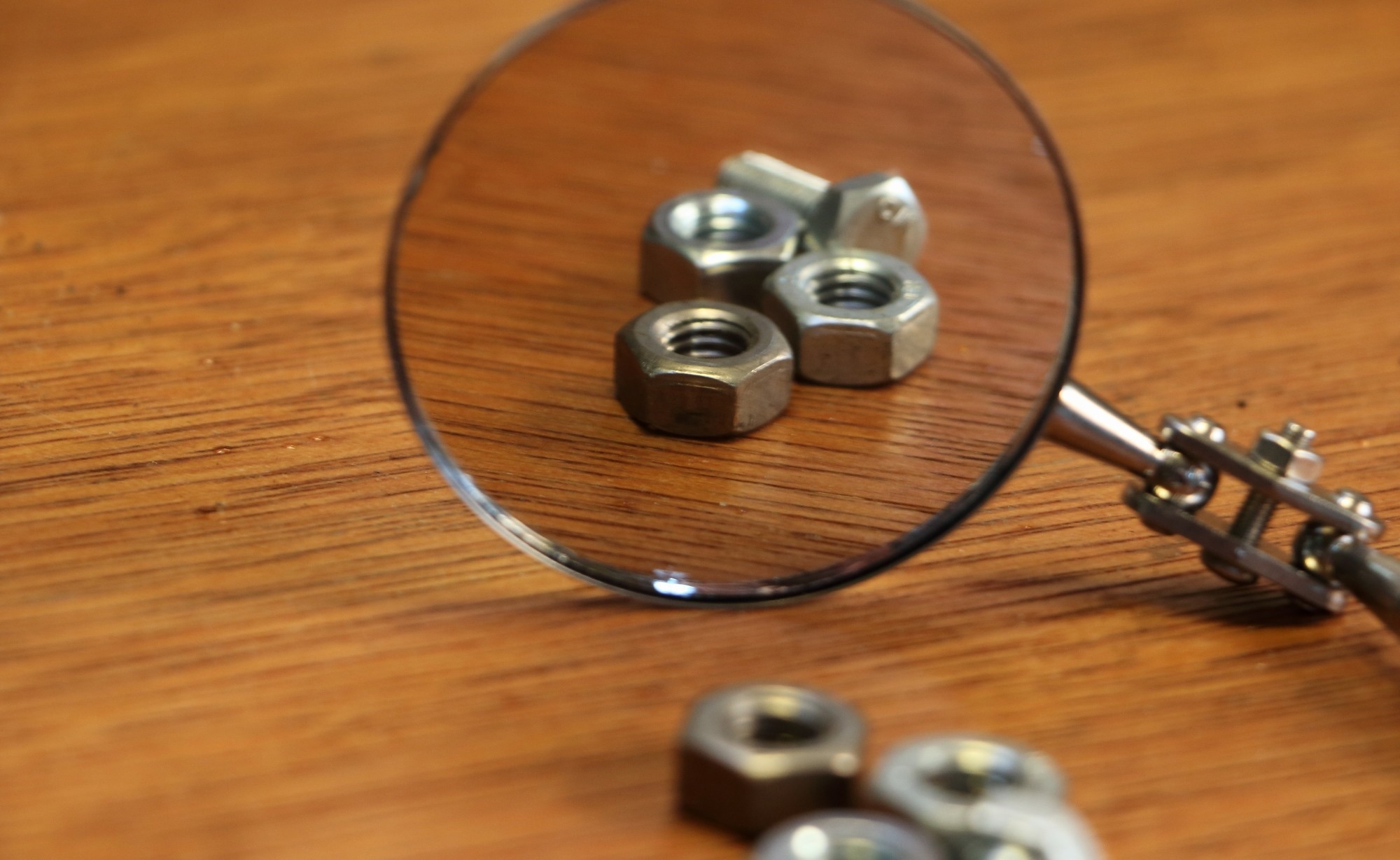In a paper published in the journal Scientific Reports, researchers introduced you only look once (YOLO)_Bolt, a lightweight variant of YOLOv5 for precise industrial workpiece identification. YOLO_Bolt enhances YOLOv5 by incorporating ghost bottleneck convolutions, an asymptotic feature pyramid network, and a refined decoupling head structure. It reduces model size by half and boosts Microsoft everyday objects in context (MSCOCO) 2017 dataset mean average precision (mAP) by 2.4%, increasing 104 frames per second (FPS). A homemade bolt dataset achieves a 4.2% mAP 0.5 increase, surpassing YOLOv8s by 1.2%. This optimized network offers valuable support for efficient workpiece detection in industrial settings.
 Study: YOLO_Bolt: Precision in Industrial Workpiece Detection. Image credit: Hulshof pictures/Shutterstock
Study: YOLO_Bolt: Precision in Industrial Workpiece Detection. Image credit: Hulshof pictures/Shutterstock
Related Work
Previous research has grappled with complex industrial inspection challenges from widespread workpiece usage, necessitating quality assurance. Traditional manual inspection methods during the final production stages often need to be revised due to human limitations, leading to increased defects and costs. Automated part inspection systems employing machine vision seek to supplant manual inspection by identifying, categorizing, and rejecting defective workpieces based on diverse attributes.
YOLO_Bolt Overview
The study introduces YOLO_Bolt, a specialized workpiece detection model for manufacturing settings and mobile device deployment. Rooted in YOLOv5s, the model's backbone network sees enhancements with ghost bottleneck integration, lightening computational load while increasing detection accuracy. An asymmetric feature pyramid network aids in maintaining semantic consistency across feature maps, while a lightweight asymmetric multistage compression decoupling head improves computational efficiency and inference speed.
The backbone network transformation includes replacing bottleneck-cross stage partial (CSP) and Conv with ghost bottleneck modules, optimizing feature extraction across various scales, and implementing downsampling. This modification streamlines the network, reduces parameters, expands receptive fields, and prevents overfitting.
The asymptotic feature pyramid network (AFPN) addresses feature loss or degradation in conventional top-down and bottom-up feature pyramid networks. It facilitates direct interaction across non-adjacent levels, mitigating semantic disparities between distant layers for improved feature fusion.
The study employs adaptive spatial feature fusion (ASFF) to assign varying spatial weights to multilevel features during fusion. This strategy emphasizes critical-level features and diminishes conflicting information from different objects, enhancing feature map synthesis.
Researchers introduced an innovative lightweight asymmetric multilevel compression decoupled head to address concerns with YOLOX's decoupled head. This design partitions the network for different tasks, focusing on enhancing item evaluation while compressing convolutional layer features. This modification significantly reduces parameters and improves model performance without compromising inference speed.
Experimental validation on the MSCOCO 2017 dataset and a self-built bolt dataset comprising seven bolt components demonstrates YOLO_Bolt's effectiveness in bolt target detection. Ablation experiments on MSCOCO 2017 and comparative experiments with four advanced object detection models affirm the model's improved performance. The self-built bolt dataset, which holds 14,000 images, contributes to training, testing, and validating the model, providing specialized industrial component data for evaluation. The dataset preparation ensures consistent image quality and annotation for accurate model training in factory settings.
YOLO_Bolt: Factory Bolt Detection
This article delves into creating a specialized dataset for workpiece detection within factory environments, focusing on bolt detection. It aims to optimize the YOLOv5s model for efficient deployment on factory equipment with constrained hardware resources. The proposed YOLO_Bolt incorporates enhancements like G-back integration, an asymptotic feature pyramid, and an adjusted decoupled head structure to improve detection accuracy and speed. A series of ablation experiments conducted on the MSCOCO 2017 dataset validate the positive impact of these modifications, demonstrating increased precision while maintaining consistent evaluation criteria across the model iterations.
These ablation experiments reveal performance enhancements regarding detection speed and accuracy for the YOLO_Bolt model. Method (a) Integrating G-back into the backbone network slightly compromises accuracy while substantially boosting detection speed. Further modifications, as seen in method (b), introduce the asymptotic feature pyramid network, offsetting accuracy drops observed in method (a) and showcasing a significant improvement in detection speed. Method (c), optimizing the decoupled head, increases inference speed without substantially impacting model accuracy.
Comparative experiments between YOLO_Bolt and four other state-of-the-art object detection algorithms on a self-built dataset validate the superior performance of the proposed model. The YOLO_Bolt outperforms other models in precision, recall, average precision, and mean average precision, exhibiting noteworthy enhancements compared to traditional algorithms like faster region-based convolutional neural network (R-CNN) and single shot multibox detector (SSD).
However, limitations persist regarding dataset diversity and the model's handling of severely overlapping workpieces. While the model excels in bolt detection, its effectiveness diminishes when dealing with obscured workpieces, requiring additional sorting processes and elongating assembly line operations.
Thus, the proposed YOLO_Bolt model showcases promising advancements in bolt detection, particularly in factory settings. Further work involves expanding the dataset to encompass various workpiece types and defects, addressing the model's limitations regarding obscured workpieces, and optimizing the model's applicability for devices with limited hardware resources.
Conclusion
To sum up, the YOLO_Bolt model represents a significant stride in specialized bolt detection within factory settings. Its optimizations, validated through ablation and comparative experiments, showcase enhanced accuracy and speed, outperforming traditional object detection algorithms like R-CNN and SSD. However, limitations persist concerning dataset diversity and obscured workpiece detection, highlighting areas for future improvement. Overall, YOLO_Bolt demonstrates promising factory bolt detection advancements, prompting further dataset expansion and model refinement to address existing limitations.